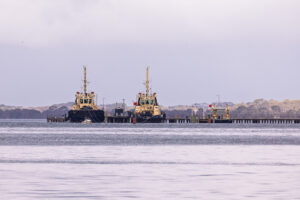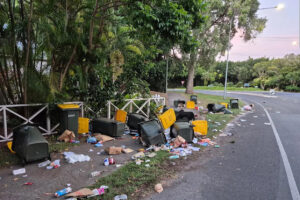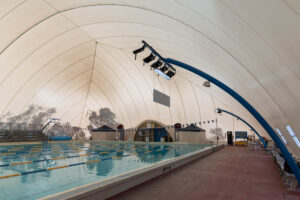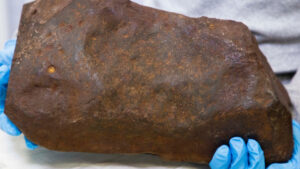
A modified proposal for a renewable energy terminal at the Port of Hastings has reignited a fierce debate over the balance between economic growth and environmental preservation. Nearly 2,700 pages of planning and scientific documents were released by the State Government late last Wednesday, allowing just 10 business days for public feedback.
The proposal, which involves five months of continuous dredging and the construction of a massive terminal on reclaimed seabed, has polarized opinions across the community. Proponents argue it is essential for economic revitalization, while opponents warn of irreversible environmental damage.
Economic Growth vs. Environmental Concerns
Steve Beardon, a former Casey councillor and long-time advocate for industrial development in the southeast, strongly supports the terminal project. He argues that economic necessities should take precedence over environmental concerns. “The environment cannot take precedent over jobs, export dollars, hospitals, airports, much-needed housing, and lifestyle needs of the majority,” Beardon stated.
Beardon envisions a broader industrial transformation for the region, advocating for a freight rail link and an airport to establish Casey South as a significant industrial hub. “If the Port of Hastings terminal goes ahead, then an airport will get the green light. Casey’s going to be rolling in money,” he added.
Environmental Advocates Push Back
Conversely, Casey Councillor Lynette Pereira, speaking as the founding member of the former Western Port Action Group, expressed deep concerns over the proposal. She lamented the recurring nature of such developments, fearing eventual government override. “Western Port is a really precious bay,” she emphasized, voicing her “strongest possible objection” on social media.
“The changes made since the 2023 version are superficial, and the overall impacts remain unacceptable,” Pereira stated.
Pereira warned that dredging the bay’s narrow channels could permanently damage fish nurseries, mangroves, and migratory bird habitats. She suggested Geelong Port as a viable alternative, citing its industrialization, deep-water access, and fewer ecological sensitivities.
Expert Opinions and Environmental Impact
Mel Barker, CEO of the non-profit Western Port Biosphere, highlighted the need for comprehensive scientific assessments. While acknowledging potential benefits, Barker stressed the importance of informed decision-making based on thorough research and community engagement.
“We are concerned because these Ramsar Wetlands are internationally significant habitats,” Barker explained. “More comprehensive science is needed before forming a definitive view.”
The Westernport and Peninsula Protection Council echoed these concerns, emphasizing the region’s ecological fragility. A spokesperson stated, “We agree with the Federal Government that the ecosystem is precious and fragile.”
Historical Context and Future Implications
The Victorian Renewable Energy Terminal project was initially proposed in 2023 as a base for offshore wind farm assembly. However, the proposal faced rejection from then-Federal Environment Minister Tanya Plibersek in January 2024 due to environmental concerns. The State Government has since modified the proposal, reducing the scope of reclamation and dredging.
Public feedback on the revised 2025 proposal is currently being solicited. The outcome of this consultation process could significantly impact the future of renewable energy infrastructure in the region.
To participate in the feedback process, visit the official portal: epbcpublicportal.environment.gov.au. Submissions close on Wednesday, 9 July.





